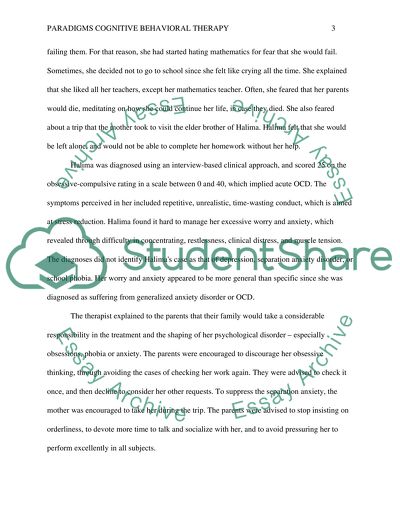Cite this document
(The Cognitive Behavioral Therapy Model, Formulation of Problem Using Coursework, n.d.)
The Cognitive Behavioral Therapy Model, Formulation of Problem Using Coursework. Retrieved from https://studentshare.org/psychology/1618708-paradigms-cognitive-behavioral-therapy
The Cognitive Behavioral Therapy Model, Formulation of Problem Using Coursework. Retrieved from https://studentshare.org/psychology/1618708-paradigms-cognitive-behavioral-therapy
(The Cognitive Behavioral Therapy Model, Formulation of Problem Using Coursework)
The Cognitive Behavioral Therapy Model, Formulation of Problem Using Coursework. https://studentshare.org/psychology/1618708-paradigms-cognitive-behavioral-therapy.
The Cognitive Behavioral Therapy Model, Formulation of Problem Using Coursework. https://studentshare.org/psychology/1618708-paradigms-cognitive-behavioral-therapy.
“The Cognitive Behavioral Therapy Model, Formulation of Problem Using Coursework”. https://studentshare.org/psychology/1618708-paradigms-cognitive-behavioral-therapy.


